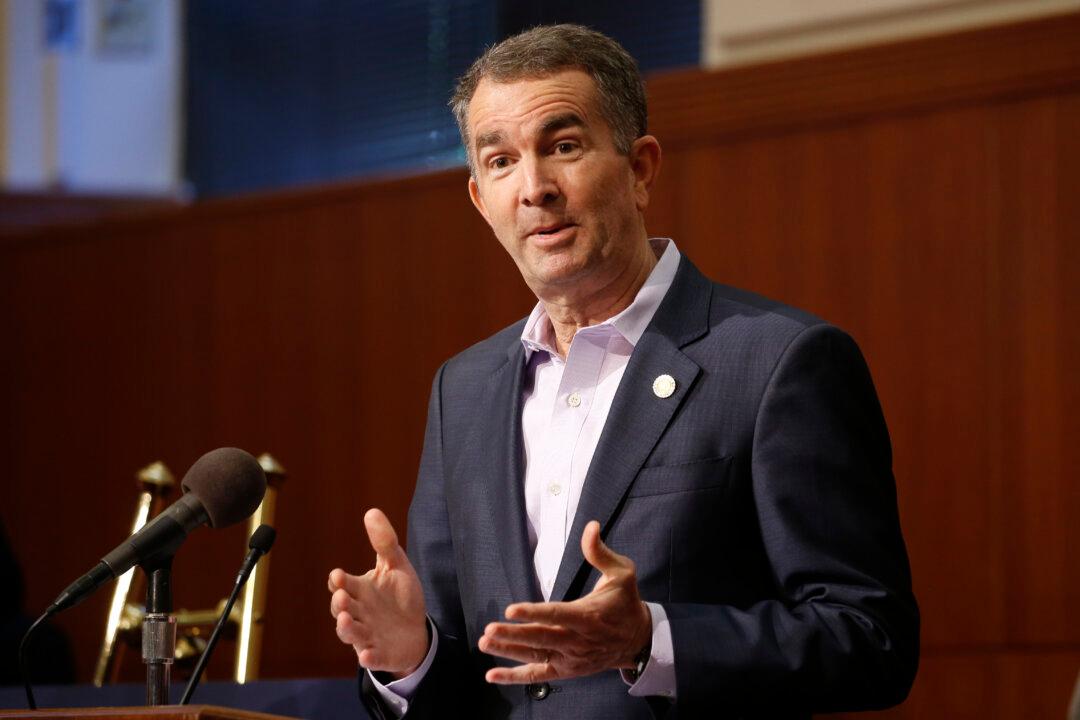Virginia could start reopening on May 15, Gov. Ralph Northam said Monday as he extended his stay at home order until May 14.
“I anticipate moving into phase one on the 15th,” the governor said at a press conference.


Virginia could start reopening on May 15, Gov. Ralph Northam said Monday as he extended his stay at home order until May 14.
“I anticipate moving into phase one on the 15th,” the governor said at a press conference.